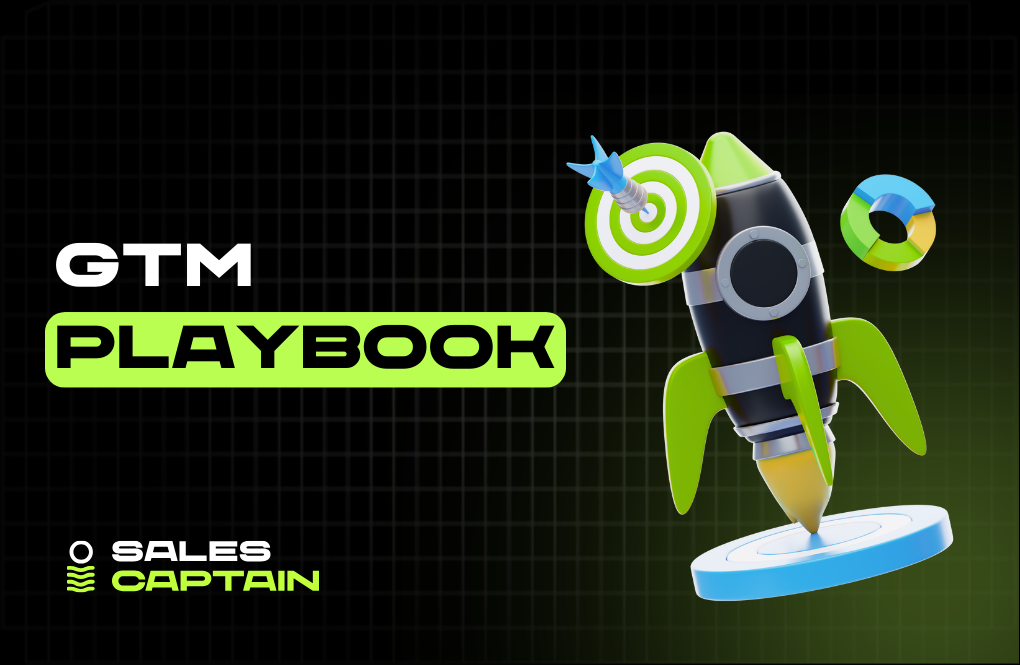

10+ Email List Building Strategies That Actually Grow Your Audience

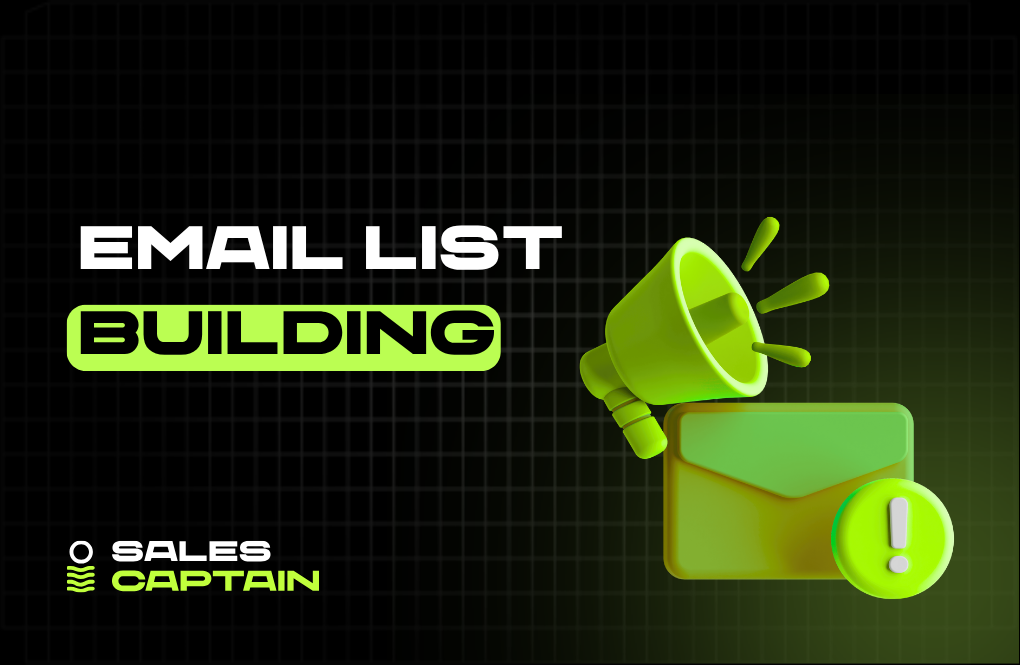
Everyone talks about social reach, SEO traffic, and going viral. But smart marketers? They quietly build email lists. Why? Because it works.
Email list building isn’t flashy, but it’s one of the highest-leverage moves you can make. With the right strategies, your list becomes a pipeline of ready-to-convert leads. Not rented traffic. Not maybe-someday followers. Actual owned audience.
In this guide, we’ll break down modern email list-building strategies that go beyond the usual pop-up forms and lead magnets. You’ll get tactics that convert, tools that scale, and a few tricks even seasoned marketers miss.
Why Prioritize Email List Building?
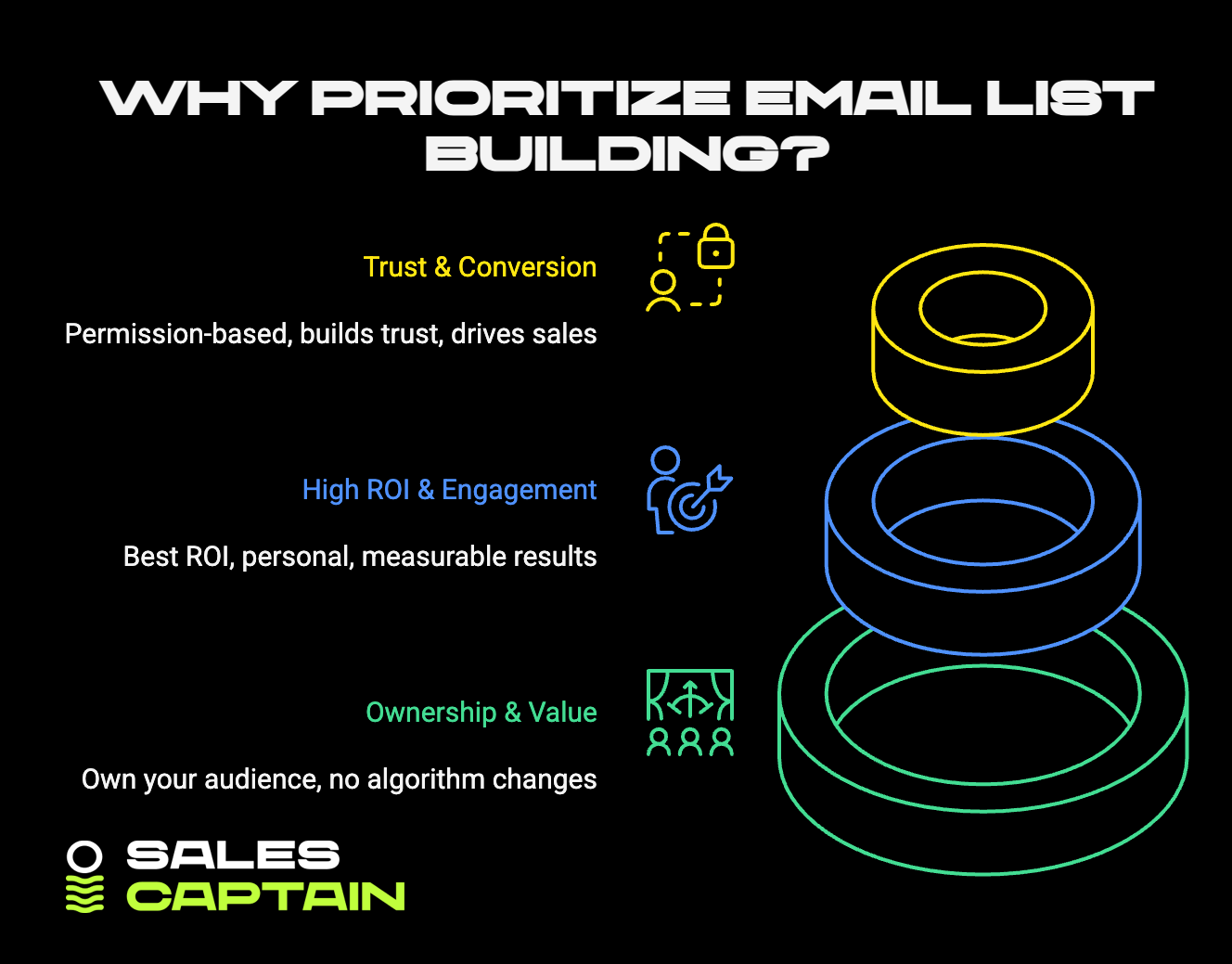
Ownership & long‑term value
Social algorithms change. Platforms die. But your email list? You own it. No gatekeepers, no surprise policy changes, and no algorithm crushing your reach overnight.
When you build an email list, you're building a direct line to your audience. You’re not renting space from Meta or Google. You're planting seeds in your soil.
That ownership turns into long-term value. Even if your website traffic dips or social reach drops, your email list stays with you. And if you nurture it well, it becomes a reliable growth engine. One that compounds over time.
High ROI and engagement
Email consistently delivers the best ROI of any marketing channel. Some reports claim $36 or more for every $1 spent. That’s not fluff. It’s because email is personal. It lands in a place people check. Often multiple times a day.
It’s not just about ROI, though. It’s about control. You can test subject lines, offers, and formats. You can segment by behavior. You can see who clicks, who converts, and who forwards. No guessing. Just real, measurable results.
Builds trust through permission‑based marketing
Here's the thing. People on your list asked to hear from you. They opted in. That single act changes the dynamic.
You’re not interrupting. You’re continuing a conversation they agreed to have. That sets the stage for trust.
When someone joins your list, they’re raising their hand. If you show up with value. Whether it's a tip, offer, or resource. You reinforce that trust. Over time, those moments stack up. And when the timing’s right? They buy.
Core Foundations Before You Build
Choose a reliable email marketing platform.
Before you even think about collecting emails, get your setup right. Your platform isn’t just a place to send messages. It’s the control center for everything: signups, automations, tracking, segmentation, and deliverability.
If it’s clunky or too basic, you’ll end up wrestling the tool instead of building your list.
You want something that’s easy to use but doesn’t skimp on power. Think: drag-and-drop builders, clean automation flows, simple tagging. Tools like ConvertKit or MailerLite are great for creators. If you need deeper workflows or e-commerce support, look at ActiveCampaign or Klaviyo.
Point is, don’t cheap out here. This tool touches every subscriber you bring in.
Ensure opt-in compliance
This part’s boring, but critical. You need clear, honest opt-ins. No auto-checked boxes. No shady tricks.
People should know what they’re signing up for, and they should agree to it. That’s how you stay legal. But more than that, it’s how you stay trustworthy.
Depending on where your subscribers live, you’ve got different rules to follow: GDPR (EU), CAN-SPAM (US), CASL (Canada). If you're not sure what applies, ask someone who knows. Ignoring this stuff can tank deliverability or worse.
Make sure your forms have clean language. Add a link to your privacy policy. And always include an unsubscribe option in your emails. It's just the right thing to do.
Make your newsletter a valuable product.
Here’s where most people blow it. They spend all this time building a list… then send boring updates no one wants.
Your newsletter should feel like a product, something useful, something fun, something people look forward to. Not just a promo blast.
Think weekly tips, curated tools, quick wins, even behind-the-scenes stuff. Whatever fits your voice and audience.
And don’t just say “sign up for our newsletter.” Tell people what they’ll get. Show them. Screenshot it if you have to.
When your email feels valuable, more people join. And more people stay.
High Impact List Building Tactics
Attractive Lead Magnets & Incentives
Nobody hands over their email just because you asked. You need to give them something worth it.
That's where lead magnets come in. Think small, specific, and instantly useful. Stuff like:
- Checklists that simplify a task
- Templates that save time
- Mini-guides with actionable insights
- Webinars that teach one clear thing
- Discount codes or early access offers
And if you want to dial it up, make it personal. “Download the cold email template that got us 27 meetings last month” hits way harder than “Sign up for our newsletter.”
Know your audience, speak to their pain or curiosity, and keep the offer tight.
Optimized Signup Forms
Your signup form isn’t just a box. It’s a pitch.
If it looks boring or asks for too much info, people bounce. But if it’s simple, well-placed, and shows clear value, it converts.
Try this:
- Put forms where people look, headers, footers, blog sidebars, and end of posts
- Use scroll-triggered or inline forms to catch readers while they’re engaged
- Keep it short. First name and email are plenty for now.w
And please, write a headline that makes them want to sign up. “Get weekly tips” is fine. But “Steal our top-performing subject lines” gets clicks.
Timed & Exit Intent Popups
Popups can work... if you don’t rush them.
Don’t throw one in someone’s face right after they land. Wait until they scroll. Or pause. Or look like they’re about to leave.
That’s your moment.
Offer something that fits the page they’re on. Reading about outbound sales? Drop a cheat sheet for cold email frameworks. On the pricing page? Offer a discount or case study.
Keep it short and sharp. One hook. One form.
Dedicated Landing Pages
Lead magnets deserve their own space. Not just a little banner in the blog sidebar.
Create a clean, focused page with one job: convert.
Strip the clutter. Write a punchy headline. Show what they’ll get. Add social proof if you have it. And keep the form simple.
Tools like Webflow, Carrd, or even your email platform can handle this. Then share the link everywhere, your social bio, call-to-actions, ads, you name it.
Social and Email Signature Promotion
Your social profiles are prime real estate. Use them.
Add your signup link to your bio. Mention it in your posts. Show off what people get when they subscribe. A screenshot of your latest email can do more than a long description ever could.
The same goes for your email signature. Something like “Get our weekly growth tactics” with a link below it. You’re already sending emails, turn them into growth moments.
Referral and Giveaway Campaigns
Let your audience grow your list for you.
Set up a referral flow: “Invite 3 friends and get our private template pack.” Or run a simple giveaway, “Win a free 1-on-1 consult when you subscribe and share.”
Use tools like SparkLoop or Viral Loops to make it seamless. Or do it manually if you’re just starting.
Just keep the reward aligned with your audience. No iPads unless you sell to Apple fans. Give away something they’d use.
Interactive and Offline Tactics
Want something different? Make it fun.
Quizzes can pull people in fast. “What type of founder are you?” or “Test your sales IQ.” They educate and entertain, and get you that email.
You can gamify the process, too. Spin-to-win wheels. Unlockable downloads. Progress bars tied to content.
And yes, offline still works. Use QR codes at events. Collect signups at your booth. Even a clipboard with a signup sheet gets the job done if the vibe is right.
Then plug those contacts into your CRM or email system before they go cold.
List Growth and Quality Best Practices
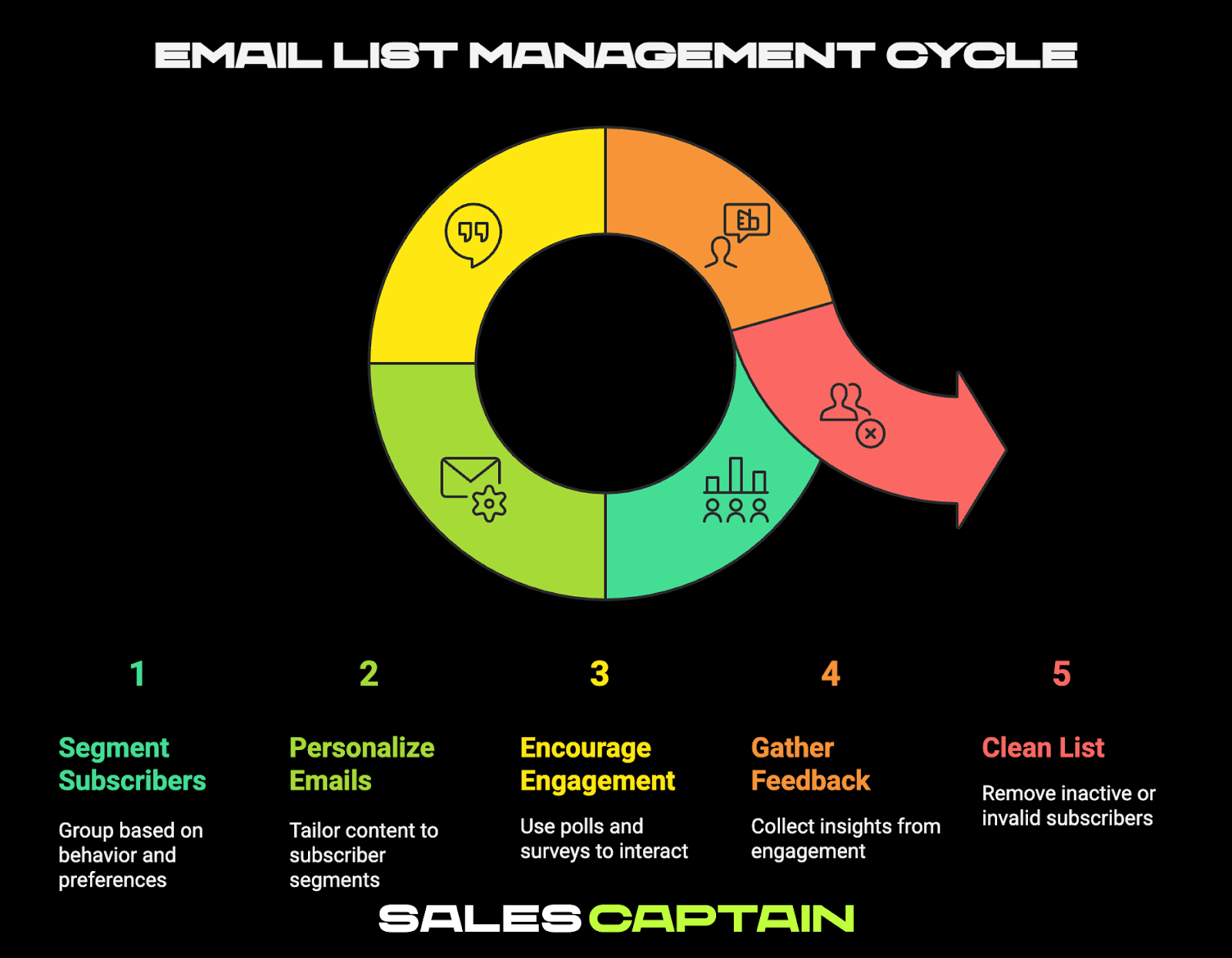
Segment by behavior and preferences
Getting someone on your list is just the start. What you do next is what makes the difference.
Segmentation helps you send better emails. Not more emails, better ones. Relevant, timely, and personalized.
Start simple. Use what you already know:
- What lead magnet did they download
- Which pages they’ve viewed
- What links have they clicked?
- How often do they open your emails?
Group them based on that. If someone grabbed your cold email templates, send more outbound tips. If they visited your pricing page, move them closer to a decision.
Treat different subscribers differently. Because the more your message matches their moment, the more they’ll stick around and act.
Encourage engagement with polls and surveys.
Most emails are just broadcasts. You hit send, they read, and that’s it.
But email doesn’t have to be one-way. Use it to start conversations.
Add a quick poll. Ask a single-question survey. Invite replies. Let people shape what comes next.
You could ask what topics they care about. What problems are they stuck on? Or even something light like “Should we drop a new template next week or a teardown?”
These small asks get clicks, drive replies, and keep your list active. Plus, they give you cleaner signals about what your audience wants.
Clean your list regularly.
An email list isn’t a trophy. It’s not about how many people you’ve got, it’s about how many care.
If someone hasn’t opened an email in months, they’re probably not coming back. And if you keep emailing them, it hurts your sender reputation.
Every 60 to 90 days, check for ghosts. Send a simple “Are we still good?” re-engagement email. If they don’t respond, let them go.
Also, clean out bounced emails and fake addresses. If you collect leads from events or forms, run them through a validator first.
It’s not about shrinking your list. It’s about making it stronger.
Testing, Iterating, and Optimization
A/B test CTA wording, placement, and design
Most signup forms and popups are set-it-and-forget-it. That’s a missed opportunity.
Small tweaks can unlock big gains. Test different headlines. Try asking for just an email versus a name and email. Move the form higher on the page. Change the button color. Adjust the copy from “Subscribe” to “Get the free guide.”
Pick one variable at a time and track the result. You’re not guessing anymore, you’re learning what moves people to act.
If you’re using a tool like ConvertKit or ActiveCampaign, testing is built in. No excuses.
Monitor key metrics
Growth is great, but quality matters just as much. That’s why you need to watch more than just the total subscriber count.
Here’s what tells you how your list is performing:
- Subscriber growth rate – Are you gaining or just treading water?
- Open rate – Are your subject lines pulling people in?
- Click-through rate (CTR) – Are your emails driving action?
- Bounce rate – Are your emails landing or hitting dead ends?
- Forward/share rate – Are people spreading the word?
Check these regularly. Patterns matter more than spikes. If your opens dip or unsubscribe jump, don’t panic, dig in and find the “why.”
Your list isn’t static. It’s a living asset. Keep tuning it.
Integrations and Marketing Tools
Automate welcome emails, CRM syncing, and segmentation
You shouldn’t have to manually send every email or copy data between tools. That’s what automation is for.
The moment someone joins your list, they should get a welcome email. It sets the tone, builds trust, and shows them they made the right call. Don’t wait a day or two. Hit their inbox while they’re still interested.
Next, sync your list with your CRM. That way, your sales or success teams can see who’s engaging and when. No guessing. Just clean the data across the board.
And finally, automate segmentation. If someone clicks a link about cold outreach, tag them as outbound-curious. If they download a pricing guide, mark them as warm. The tools can handle it. You just set the rules.
Use chat widgets and AI tools to scale list growth
Live chat isn’t just for support. It’s a list-building machine if you use it right.
Add a chatbot that offers content in exchange for an email. Or set up triggers like “Want this playbook?” when someone scrolls halfway down a page. Make it feel like help, not a trap.
And AI tools? They’re game-changers.
You can use AI to:
- Pre-qualify leads before they even hit your inbox
- Personalize email content based on user behavior.
- Predict which leads are most likely to convert.
Clay is a top pick here. It lets you pull in leads, score them, and plug them straight into your outbound workflows. It’s fast, smart, and built for scale.
These tools don’t just save time. They make every touchpoint sharper.
Common Pitfalls to Avoid
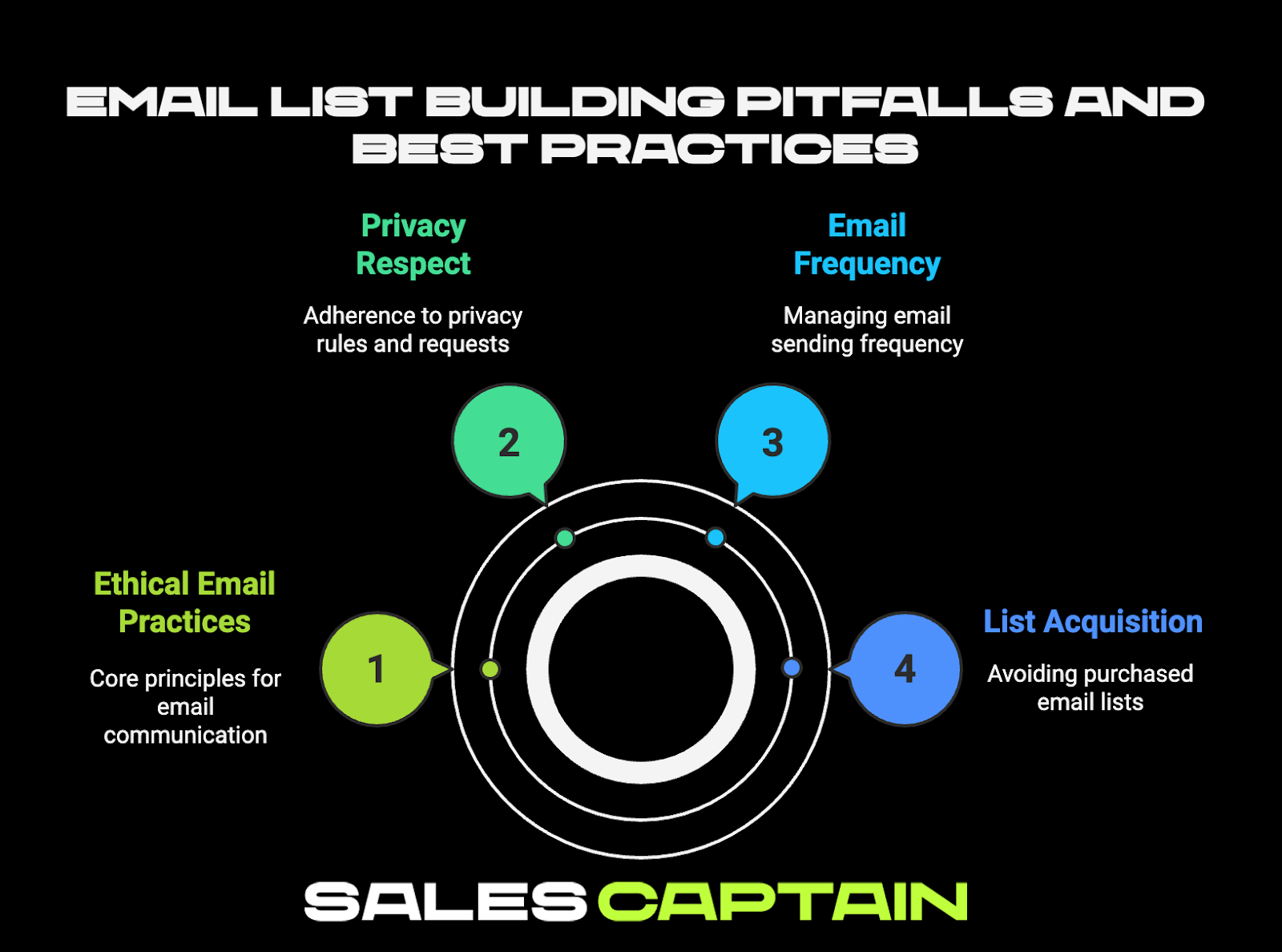
Don’t buy email lists.
Buying a list might seem like a shortcut. It's not. It's a fast track to low engagement, spam complaints, and wrecked deliverability.
People on the bought lists don’t know who you are. They didn’t opt in. They didn’t ask to hear from you. So when your email lands in their inbox, it feels like noise at best, or a scam at worst.
Plus, modern email platforms and spam filters are smart. They’ll catch the cold blast and either tank your domain or block the send altogether.
Build your list the right way. It might take more time, but it’ll work.
Avoid over-emailing
Your subscribers didn’t sign up to be spammed. You want to stay top of mind, not top of the “mark as spam” list.
Too many emails can cause fatigue fast. People unsubscribe, or worse, tune out completely.
Start with a consistent rhythm. Once a week is a good benchmark. Then watch your engagement. If opens and clicks stay strong, you’re good. If they dip, pull back.
It’s a relationship. Respect their attention.
Respect unsubscribe requests and privacy rules
This should be obvious, but a lot of people still get it wrong.
If someone wants out, let them go. Immediately. No hoops. No “log in to unsubscribe” nonsense. Just a clean break.
Also, keep your data handling tight. Only collect what you need. Be clear about how it’ll be used. And always give people control over their info.
It’s not just about avoiding fines. It’s about building trust. When people know you handle data responsibly, they’re more likely to opt in and stay.
Advanced Strategies and Collaboration
Partner with complementary brands for joint campaigns
Growing your list doesn’t mean doing it all yourself. Collaboration is one of the smartest shortcuts.
Start by identifying brands that serve the same audience but aren't your direct competitors. Maybe you’re a CRM startup. Partner with a cold outreach tool. Maybe you run a SaaS SEO tool. Link up with a content agency.
Here’s what you can do together:
- Co-host a webinar and gate it behind an email signup
- Launch a joint lead magnet like an ebook or toolkit.
- Run a bundled giveaway with shared promotion.
- Cross-promote newsletters through dedicated shoutouts
You’re tapping into an audience that already cares about the space you’re in. That trust rubs off. And because both sides benefit, it doesn't feel like a one-sided pitch.
If you can turn it into an ongoing relationship, even better. Set up a quarterly partner campaign calendar and treat it like an acquisition channel.
Repurpose social content into gated blog posts
Don’t let your best social content fade into the algorithm abyss.
If a tweet thread popped off or a LinkedIn post got solid traction, turn it into something deeper. Expand the idea into a blog post, add visuals or examples, and then gate it with a lead capture form.
Let people opt in to get the full version. You already know the idea landed, this just gives it more life.
Better yet, use the social post as the ad or teaser. “This thread got 50K views, grab the full breakdown as a free PDF.” It feels organic and earned, not salesy.
Use private communities to seed growth
Slack groups. Discord servers. Facebook groups. Private forums. These are goldmines for list building if you handle them right.
Don’t spam. Be useful. Answer questions, drop value, and when relevant, share a free resource that lives behind an email wall. The key is to match the vibe of the group. If it feels forced, don’t do it. But if your lead magnet truly helps, people will opt in.
Bonus points if you start your community and grow the list that way.
Offer micro-products or paid lead magnets
Sometimes free feels cheap. A $5 guide or $10 micro-course filters out tire kickers and pulls in serious people.
Use a platform like Gumroad or Podia, and build a product that feels like a steal. Make the value obvious, then upsell your newsletter or longer-term offer on the backend.
Yes, it’s technically selling. But every buyer ends up on your email list, more engaged than most freebie leads.
Turn employees into a list multipliers
Your team can help too. Ask them to share the newsletter on LinkedIn. Add opt-in links to their email signatures. Feature different team members in the newsletter itself to give it personality.
When it feels like a collective effort, growth gets easier. Plus, your audience starts to see the humans behind the brand.
Measuring Success and ROI
Track growth, bounce rates, engagement, and conversions
If you’re not tracking, you’re guessing. And guessing doesn't scale.
Start with the basics. How fast is your list growing? Where are new subscribers coming from? Is that giveaway bringing in qualified leads or just freebie hunters?
Keep an eye on bounce rate, too. High bounces usually mean bad data or outdated contacts. Either way, it’s hurting your deliverability and reputation.
Then look at engagement. Are people opening your emails? Are they clicking through? Are they replying or forwarding? Engagement tells you if your content is working or if you're just taking up space in their inbox.
And don’t stop at vanity metrics. Look at what drives results. Are subscribers turning into customers? Are they booking demos, buying products, or sharing your content with others?
You want that full-picture view. Awareness, interest, action.
Use dashboards to monitor performance and ROI over time
You don’t need a PhD in analytics. But you do need visibility.
Use whatever tool you’ve got: Google Sheets, your email platform’s analytics, or a dedicated dashboard app. Set up a basic reporting system that tracks:
- Total subscribers over time
- Source breakdown (where they came from)
- Engagement trends (open and click rates)
- Conversion rates (leads to sales)
Make it easy to check weekly or monthly. If something spikes or drops, ask why. If one lead magnet keeps outperforming the rest, double down.
This isn’t about micromanaging every email. It’s about spotting what’s working, dropping what’s not, and getting better every time you hit send.
Your email list isn’t just a contact list. It’s a living, evolving asset. Treat it like one.
FAQs
A: Depends on your goals.
Double opt-in gives you a cleaner, more engaged list. Fewer spam signups. Fewer typos. And you’ll stay on the good side of deliverability rules. But yeah, you might lose a few subscribers in the process.
Single opt-in keeps the process simple. One step, no confirmation email. You’ll probably get more signups, but some of them might be fake or disinterested.
If you’re building fast and testing broadly, single might work. If you care more about quality and long-term engagement, go double.
A: The ones that match your audience’s pain or goals.
If your crowd is tactical, offer templates or swipe files. If they’re strategic, go with guides or teardown PDFs. Discounts work well for e-commerce. Webinars or mini-courses for service or info businesses.
Start with one strong lead magnet. Test it. If it converts, make more like it. If it flops, change the angle or format.
You’re not looking for perfect. You’re looking for useful and specific.
A: Often enough to stay relevant. Not so often do you get on their nerves.
Weekly work for most brands. Twice a week, if you’ve got something to say. Monthly, if it’s super high value.
The trick is consistency. Pick a rhythm and stick to it. Then watch your open and unsubscribe rates. If those numbers start sliding, adjust.
And always ask yourself, would you want to get this email?
A: Step one: Find inactive contacts. Look for people who haven’t opened or clicked anything in the last 60 to 90 days.
Step two: send a re-engagement email. Something short like “Still want to hear from us?” or “Want to keep getting our best stuff?”
Step three: If they don’t respond, remove them.
Also, clean out bounced emails regularly. Use a validation tool if you’re pulling in names from offline events or external lists. A clean list equals better deliverability. Simple as that.
A: Big time.
Use your bio. Drop signup CTAs in your posts. Share teasers of your lead magnets. Add links in Stories, captions, video descriptions, wherever people are paying attention.
You can even repurpose viral posts into gated content. Turn that popular LinkedIn thread into a deeper guide and ask for an email to access it.
Social brings the eyeballs. Your email list keeps them around.
A: Start with what you know.
Use signup source, lead magnet type, or answers to a quick form question. Later, add behavior-based segments. Clicked links. Visited product pages. Downloaded certain resources.
Then match your emails to those segments. A cold outreach guide for the outbound crowd. A nurture sequence for the pricing page visitors.
Segmentation isn’t about overcomplicating. It’s about relevance. Send people what matters to them.
RELATED ARTICLES
Lorem ipsum dolor sit amet, consectetuer adipiscing elit, sed diam nonummy nibh euismod tincidunt ut laoreet dolore magna aliquam erat volutpat.
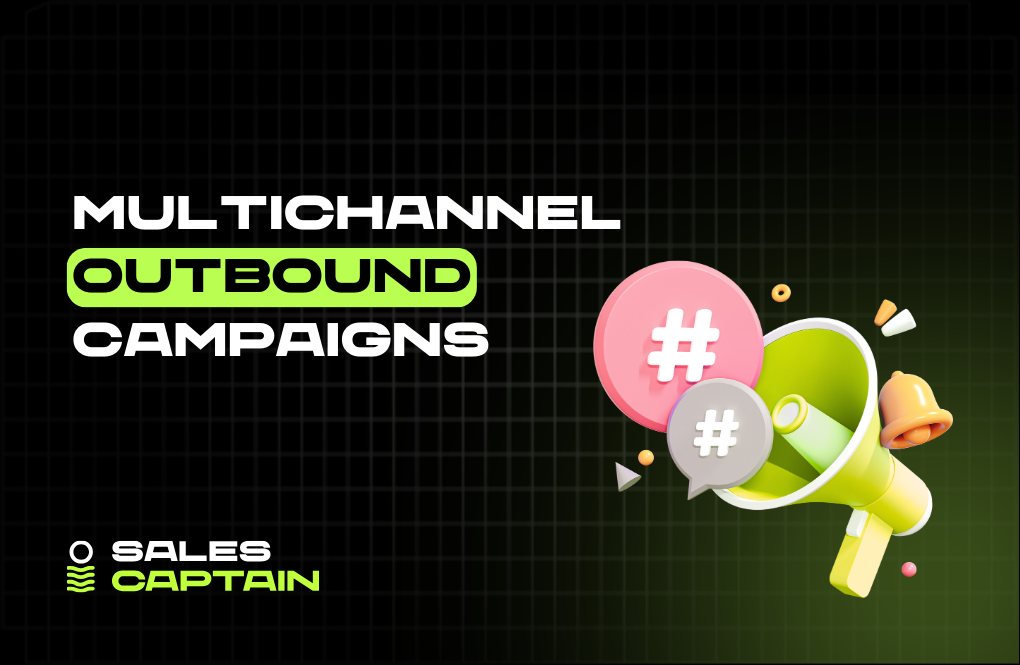
.png)



.png)

